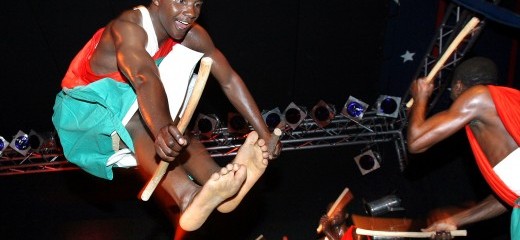
The Royal Drummers and Dancers of Burundi: A Lesson On and Off the Stage
By Kariamu Welsh
The Royal Drummers and Dancers of Burundi’s performance at the Annenberg Center last month was different from the West African dance companies that American audiences are used to. While it was staged, it focused more on Burundian music rather than on dance. The twelve drummers never stopped moving but it would be a stretch to say that they danced. Thus, the “dancers” portion of the company’s name is misleading because the men are clearly percussionists, displaying a drumming tradition, performed for generations, that is passed down from father to son. The company has toured the world since 1960.Sounds of drum rhythms and male voices alerted the audience to the beginning of the performance. The drummers entered the stage beating drums balanced on their heads. The processional assembled into a semi-circle, which was the set-up for the remainder of the performance. In this configuration, the men exchanged drums and took turns in solos center stage. The “dancing” was literally a variation of jumps going straight up into the air or with knees drawn to chests. Aside from these energetic and very high jumps, the drummers did a running trot as they moved from one drum to another.
There were two other distinctive movements in the program. One was a remarkable “taking off the head movement,” something that the drummers were very comfortable with. In tandem with their drumming, the performer would take the drumstick and wrap it around his neck so quickly and deftly that it looked like he was strangling himself. I would be interested in knowing the significance of this movement beyond the impression it made on me. The last movement, repeated often, was a fast double head spin performed while standing: it stopped on a rhythmic accent. This was the entire movement vocabulary of the evening.
I enjoyed the performance and marveled at the energy and skill of these twelve men. I required my students from Temple University to attend the concert and when I asked them how they enjoyed the performance, one of the words that almost all of them used was “boring.” African dances boring? My students were articulate and sensitive and I understood what they were getting at. They had in the main been exposed to West African dance companies but, more importantly, they were used to Western dance compositional elements. They expected variety in the movements, costumes, and scenery and they evaluated the concert based on those expectations. The Burundian drumming was nuanced in subtle ways that differed from the West African drumming that has been so influential in popular music. West African drumming is also very nuanced but the style that most Americans are familiar with are the Senegambian and Guinean styles, which is dominated by the Djembe drums.
Repetition is key to many of the movements that one sees in African dance and usually touring companies stylize and reduce the repetition, especially if they are going to perform before Western audiences. The lack of variety and the repetitive steps that my students made mention of can be looked at from a different perspective. The “dance” is part of a larger system that resists the truncation that often occurs in staging. The dance, music and songs are parts of a whole and, generally, that whole is a ritual, or celebration, that can take place over a period of days. Repetition is key to many dance traditions because the original use of the dance in tandem with a ceremony is intended to transcend the real world: the repetition of the movement intensifies each time the movement is performed, facilitating transcendence, which then fulfills the goal of the ceremony. How can one condense these events into something that is appealing and entertaining to western audiences? The Royal Drummers and Dancers of Burundi do it well enough to successfully tour and engage audiences around the world. My students enjoyed the performance but thought it was too long for what they perceived as a limited repertory. Because none of us understood Kirundi, the language of the songs presented, we lost all kinds of insights and information.
Not all African dance performances will be full of pageantry and we have to allow for such differences. The Royal Drummers and Dancers of Burundi’s “dance” tradition is particular and is not easily translated for Western audiences. These drummers, hospitable and warm, have remarkable skills. They open themselves to the audiences as if we were villagers down the road. The language barrier remains but that is part of the experience. The staged elements—like performing a jump and then waiting for applause before continuing—are a bit contrived but one can see that this is something that they or someone thinks that Western audiences want to see. Part of the problem with our perceptions of African dance is that there is no such thing as African dance. Africa is a continent with 57 countries and thousands of ethnic groups with even more dance traditions. Burundi drum and dance traditions reflect their aesthetic and history and should be given agency to be Burundi performers without the imposition of “other” aesthetic traditions. The overarching category of African dance will one day hopefully fan out into distinct forms--Senegalese dance, Zimbabwean dance, Moroccan dance and many others--as audiences become more knowledgeable.
My students in their honest appraisal of the performance gave me the opportunity to give them a brief history of African dance and teach them about the context in which the dances are generally observed. My students represent the future and I want them to be informed dance advocates.
The Royal Drummers and Dancers of Burundi represent difference and they give us new information about Africa and its many traditions.
By Kariamu Welsh
November 15, 2012

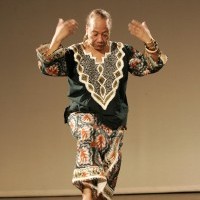
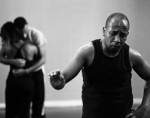
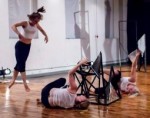
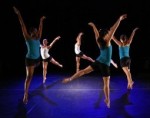

.png)


